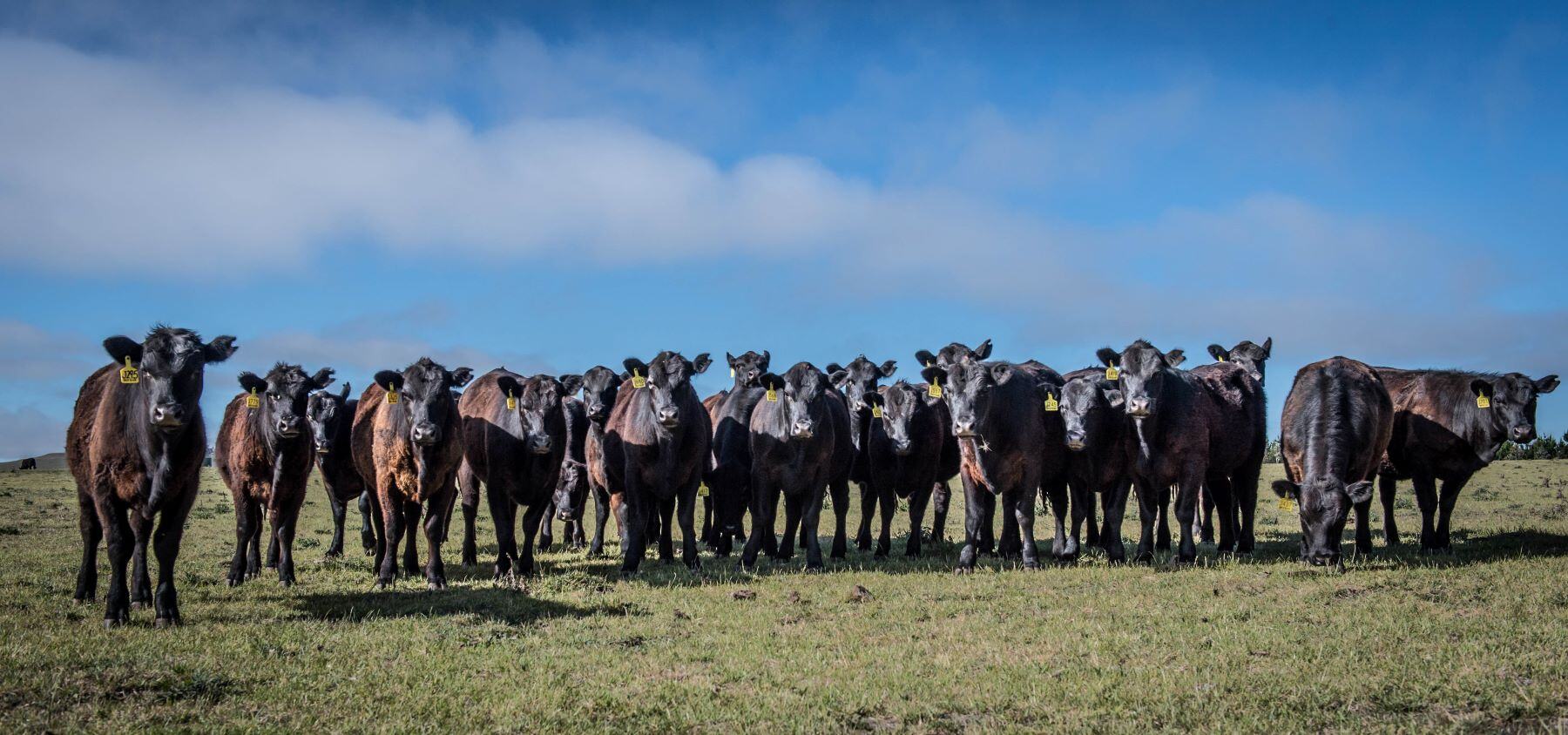The Australian Beef Market in 2025: An Absolute Cracker
In this column in July, the StoneX H2 2025 Australian Cattle & Beef Market Outlook’s bold calls were analysed and assessed for what the final 6...

Meat and Livestock Australia (MLA) now publish a selection of young cattle price indicators measuring different segments of the Australian young cattle market. Two of the newest indicators that are available are the National Young Cattle Indicator (NYCI) and the Online Young Cattle Indicator (OYCI).
The National Young Cattle Indicator (NYCI) tracks prices for vealers, weaners, and yearling heifers and steers, as well as mixed groups bought by restockers. These cattle must weigh at least 200 kilograms, be not station mated (NSM), and are sold through both saleyards and online platforms. Unlike the Eastern Young Cattle Indicator (EYCI) and Western Young Cattle Indicator (WYCI), which focus on specific regions, the NYCI covers a broader market by including multiple sales channels across the entire country.
This makes it a comprehensive national indicator of restocker cattle prices. By focusing on cattle that are intended for future growth or breeding, the NYCI offers valuable insights into restocker intentions, particularly when compared to alternative pricing indicators like the Eastern Young Cattle Indicator (EYCI).
Similar to the NYCI, the OYCI includes weaner heifers/steers and yearling heifers/steers with a live weight from 200 – 400 kilograms that are not station mated, but is calculated from online transactions only and does not limit contributions solely to restocker activity. Traditionally, restockers pay higher prices for young cattle, compared to feeder and processor buying groups particularly during times of high cattle market optimism and herd rebuild so it stands to reason that the NYCI usually sits at a premium to the EYCI as outlined by the price trends shown below.

Analysis of the percentage price spread between the NYCI and the EYCI provides a proxy sentiment indicator for the restocker segment of the national cattle market. A widening of the premium spread toward historic high premiums of around 7-9%, as per the chart below, signifies periods of high restocker enthusiasm in the young cattle market, as occurred during the herd rebuild period between 2021 to 2023. Conversely, a move toward a spread discount territory suggests periods when restocker enthusiasm for young cattle is weakening such as the 2019 season when dry conditions saw herd decline.

A good example of the turnaround in restocker enthusiasm was observed during the cattle market correction that occurred in the last quarter of 2023 when the restocker spread deteriorated from a peak premium of around 7-8% in the middle of 2023 to a discount of 6% by the end of 2023, outlined clearly in the spread chart shown above. Presently the NYCI to EYCI spread sits at a discount of 6.6% indicating that restocker enthusiasm is weak and this is further confirmed by the national herd currently entering a liquidation phase.
Historically online young cattle sales have run at a premium to the saleyards and this pattern is true when comparing the OYCI to the NYCI. Analysis of the OYCI spread shows that it runs at a long-term average premium of about 5.7% to the NYCI, as identified by the dotted black line on the chart below, and usually fluctuates between a 2% premium to a 9.5% premium to the NYCI during normal trading conditions as per the grey shaded 70% range on the diagram below.

Currently, the OYCI to NYCI spread sits near average levels at a premium of 6.5% in early September 2024. Compared to the long term average spread of 5.7% the current spread is stronger. However as the seasonality chart outlines it is not uncommon from May to October to see a slightly elevated premium spread.
LISTEN: For more on this topic listen to the new Agwatchers+ market update, powered by AuctionsPlus

As the seasonality chart identifies it is not uncommon to see the OYCI to NYCI spread narrow slightly during the final quarter of the year with the average seasonal trend showing that the spread tends to move back toward the longer term average of around 5-6% by the year’s end.
Matt Dalgleish is a director of Episode3.net and co-host of the Agwatchers podcast.
.jpg)
In this column in July, the StoneX H2 2025 Australian Cattle & Beef Market Outlook’s bold calls were analysed and assessed for what the final 6...
.png)
Each December we save the last article of the year for a bit of a crystal ball gaze, as we try to bring together market fundamentals and work out...
.png)
Australia’s wool market posted another strong performance this week, with all micron categories attracting solid support across the three selling...